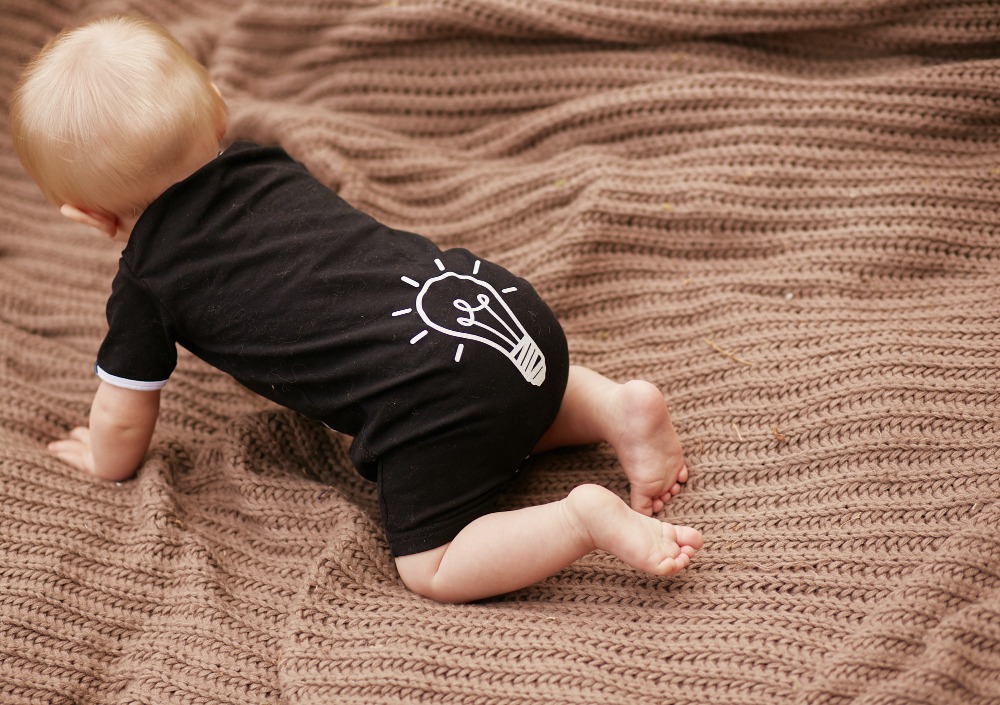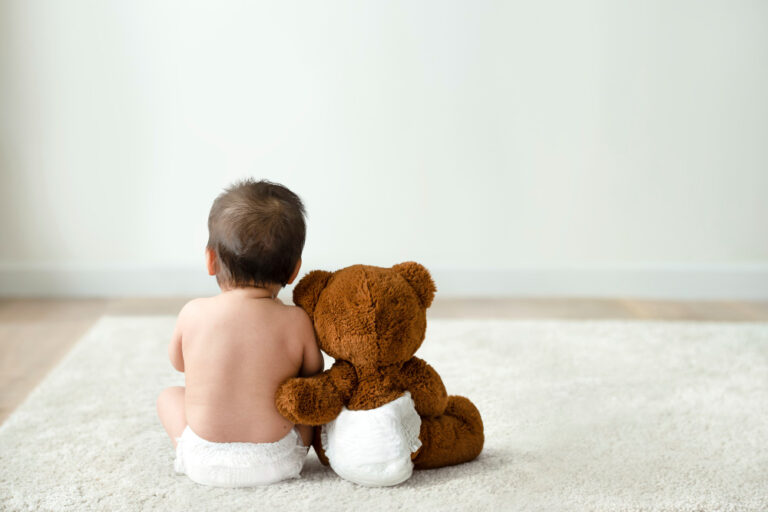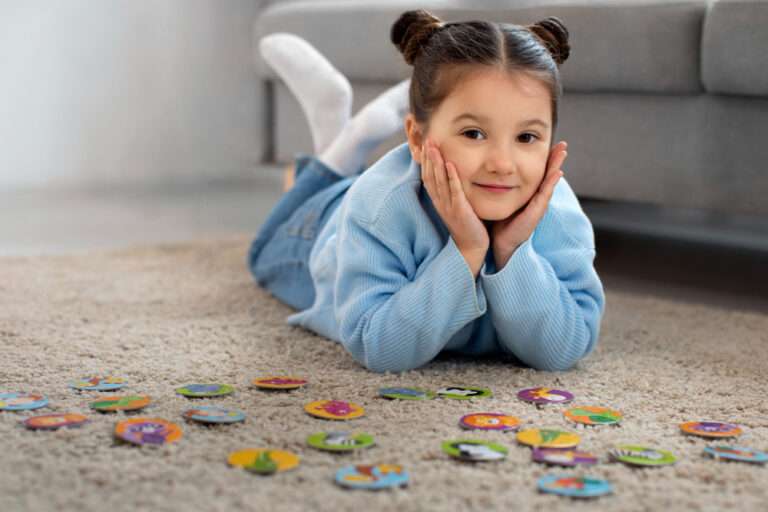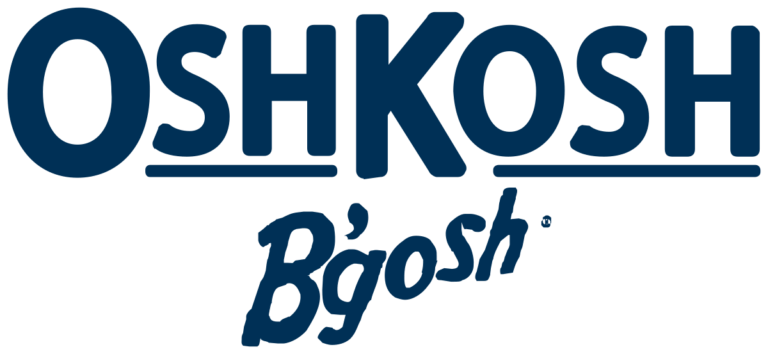What’s the best type of clothing for easy diaper changes?
Choosing the best clothing for easy diaper changes is essential for parents and caregivers looking to simplify the process, especially during the first few years of a child’s life. For convenience, comfort, and practicality, reputable pediatric resources and parent testimonials provide valuable insights into what works best for newborns and infants during frequent diaper changes. Here is a comprehensive guide covering types of clothing, fabric choices, and practical design elements to look for.
1. Onesies with Snap Closures
Onesies are among the most recommended items by pediatric experts, as they are comfortable, versatile, and easy to handle. Most onesies have snap closures at the crotch, which allows you to open only the bottom half without removing the entire outfit. This design reduces stress on the baby and makes diaper changes quicker and easier.
- Advantages: Snap closures at the bottom allow easy access to the diaper area, minimizing disruption to the baby and keeping them warm since you don’t need to remove the top half of the outfit.
- Tip: Opt for onesies with reinforced snaps, as these are more durable and won’t wear out quickly after multiple uses and washes.
2. Romper Suits with Zippers
Rompers, or all-in-one suits, with zipper closures make diaper changes extremely fast. Zippers are particularly useful during nighttime changes or for babies who may be more restless.
- Advantages: A zipper closure is quicker to handle than multiple snaps, which is ideal for parents looking to speed up the diaper change process. Some rompers are designed with two-way zippers, meaning they can be unzipped from both the top and bottom, making access to the diaper area even easier.
- Tip: Look for rompers with soft, covered zipper pulls to prevent irritation or scratching against the baby’s skin.
3. Sleep Gowns or Nightgowns
Pediatricians often recommend sleep gowns for newborns and infants, especially for nighttime changes. Sleep gowns are typically loose-fitting, allowing caregivers to easily slide the gown up for diaper access without having to deal with closures.
- Advantages: These gowns are typically elasticized at the bottom, making it easy to pull up and access the diaper while keeping the baby’s legs covered and cozy. They’re especially useful for babies up to six months who do not move as much.
- Tip: Choose gowns with extra-soft fabric, as infants will be sleeping in them. Cotton or cotton-blend fabrics work well due to their softness and breathability.
4. Kimono-Style Tops and Wrap Onesies
Kimono-style tops and wrap onesies are highly recommended by pediatric sources, as they allow for a minimal disturbance approach to changing. These tops open up completely, making it easy to access the baby’s diaper area without pulling anything over their head.
- Advantages: The open-front design means you can gently lay the baby onto the clothing and wrap it around them, which is less stressful for infants who dislike having clothing pulled over their heads. Wrap-style onesies with snaps at the side are also great for keeping the baby warm.
- Tip: This style is particularly useful for newborns with sensitive skin or medical needs, as they provide gentle access without too much manipulation of the baby.
5. Footed Pajamas with Inverted Zippers
Many pediatricians and parents recommend footed pajamas with inverted zippers, which start from the bottom of the outfit and zip upwards. This allows you to access the diaper area without exposing the baby’s chest or arms, which is especially helpful for keeping them warm at night.
- Advantages: Inverted zippers are convenient because you can open the lower half of the pajamas while keeping the baby’s upper body covered. Footed designs also keep their feet warm, so you don’t need to worry about socks.
- Tip: Ensure the pajamas are made of soft, breathable fabric, such as organic cotton, to avoid overheating or skin irritation.
6. Pants with Elastic Waistbands
Simple pants with elastic waistbands are versatile and practical, especially when paired with a bodysuit or onesie. The elastic waistband makes it easy to pull the pants down and access the diaper area without dealing with complicated closures.
- Advantages: Elastic waist pants are easy to slip on and off, reducing the time spent on diaper changes. They are comfortable and don’t restrict the baby’s movement.
- Tip: Look for pants made of stretchable fabrics like cotton blends, as these provide better flexibility and comfort for the baby.
7. Cloth Diaper-Friendly Outfits
Parents using cloth diapers should consider clothing with a bit more stretch, as cloth diapers tend to be bulkier than disposables. Clothing brands often label their items as cloth diaper-friendly, which means the clothing allows room for the added bulk of cloth diapers.
- Advantages: These outfits provide more room for the diaper without being overly tight, which can help prevent leaks and ensure the baby’s comfort.
- Tip: Avoid onesies with narrow leg openings, as they can be restrictive over a cloth diaper.
8. Rompers and Bodysuits with Shoulder Expansions
Some bodysuits and rompers feature shoulder expansions, often called envelope shoulders, which allow the garment to be pulled down over the baby’s body instead of up over their head. This feature is especially helpful in the event of a diaper leak or “blowout,” as it lets you remove the outfit without spreading the mess further.
- Advantages: With shoulder expansions, you can easily slip the bodysuit down and remove it without lifting it over the baby’s head, reducing the spread of mess and making it easier to clean up.
- Tip: Look for high-quality materials like organic cotton that can withstand frequent washing, as these outfits are often exposed to spills.
9. Fabric Choices for Baby Clothing
Pediatricians and experts often emphasize fabric choices for baby clothing. Here’s a quick guide to fabrics that make diaper changes easier and keep babies comfortable:
- Cotton: Soft, breathable, and gentle on the skin, cotton is ideal for baby clothing. It’s durable, withstands frequent washing, and is hypoallergenic, making it a great choice for infants with sensitive skin.
- Bamboo: Bamboo fabric is soft, moisture-wicking, and hypoallergenic. Many parents find it to be even softer than cotton, and it’s ideal for babies with skin sensitivities.
- Organic Fabrics: Organic cotton or bamboo is highly recommended for newborns, as these fabrics are free from harmful chemicals and pesticides.
- Tip: Avoid fabrics with rough textures or synthetic materials, like polyester blends, as these can irritate the baby’s skin, especially during long periods of wear.
10. Practical Tips for Diaper-Friendly Clothing
- Avoid Complicated Closures: Steer clear of outfits with multiple buttons or closures, as they can be cumbersome during diaper changes. Zippers, snaps, and simple pull-on designs are preferred.
- Consider Layering: For colder weather, layering a bodysuit under footed pajamas can keep the baby warm without bulky clothing.
- Choose Neutral Colors for Everyday Wear: Light or neutral colors make it easier to spot leaks or stains, helping you change clothing more promptly.
- Prioritize Comfort Over Style: While baby outfits with intricate designs may look cute, they’re often less practical for frequent diaper changes.
11. Specialized Baby Clothing Brands for Easy Diaper Changes
Some clothing brands specialize in functional baby clothes designed to simplify diaper changes. Brands that cater to ease of dressing include:
- Magnetic Me: Known for their magnetic fasteners instead of snaps or zippers, these clothes make dressing and diaper changes fast and simple.
- Burt’s Bees Baby: Burt’s Bees offers organic cotton clothing with practical designs, such as two-way zippers and snap closures, making them ideal for diaper changes.
- Kyte Baby: Using bamboo fabrics, Kyte Baby clothing is exceptionally soft and stretchy, perfect for babies with sensitive skin or cloth diaper users.
Conclusion
Finding the best clothing for easy diaper changes involves considering factors like convenience, comfort, and accessibility. Onesies with snaps, rompers with zippers, footed pajamas with inverted zippers, and elastic-waist pants are among the top choices recommended by pediatric experts and experienced parents. Simple designs and soft, hypoallergenic fabrics make diaper changes faster and keep babies comfortable. By investing in practical, high-quality clothing, parents can make diaper changes easier and less stressful for both themselves and their baby.
------------From our Sponsors------------









